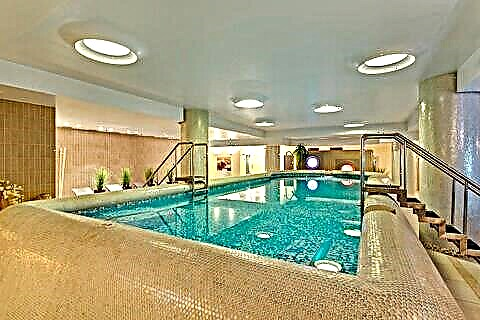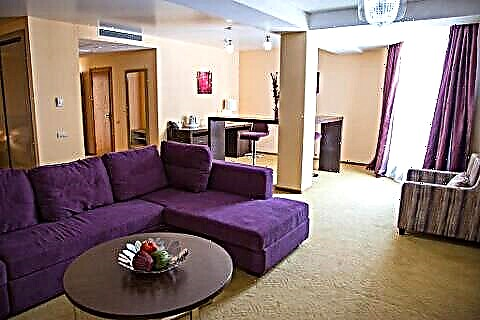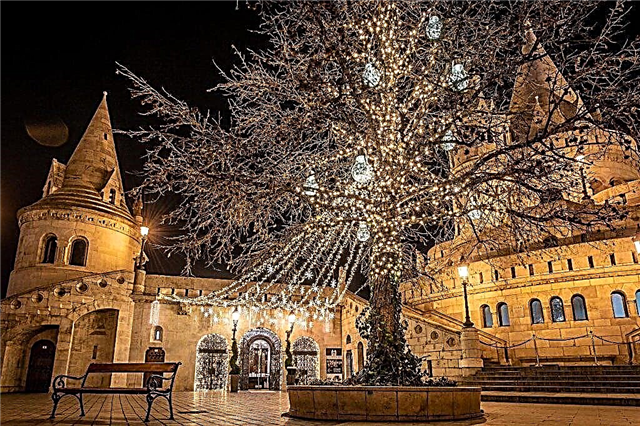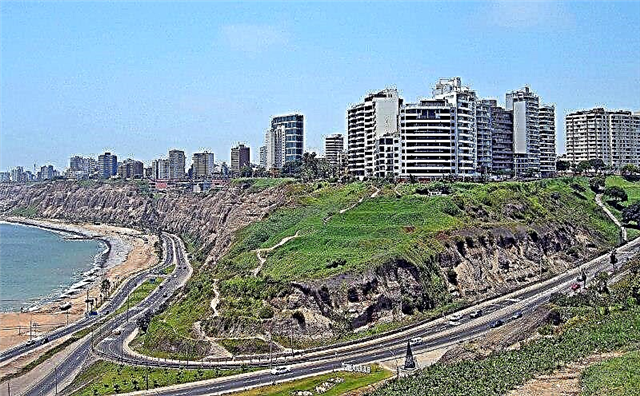Address: Nizhny Novgorod Kremlin, between the White and Clock Towers
Start of construction: 1500 year
Completion of construction: 1516 year
Coordinates: 56 ° 19'47.4 "N 43 ° 59'58.7" E
Content:
Brief history and description
The Ivanovskaya Tower is named after the nearby Church of the Nativity of John the Baptist, which has stood at the Nizhneposadsk market since the 15th century. According to another version, the name of the tower immortalized the name of its founder - Tsar Ivan III, who in 1500 began to rebuild the Nizhny Novgorod Kremlin in stone.
If in the upland part of the Kremlin the Dmitrievskaya tower served as the main defense center, then the Ivanovskaya tower was assigned a similar role in the submontane area. The defenders of the Ivanovskaya Tower controlled not only the approaches to the Kremlin, but also heroically defended the Lower Posad bargaining, which began at the fortress walls, as well as the Volga pier.

View of the tower from the Ivanovo Congress
In order to strengthen the defense of the lower unit, a circular passage with a number of additional loopholes was arranged in the tower. To the northeastern outer corner of the fortification adjoined a "stump" - an earthen embankment, reinforced with a fence made of logs. Powerful cannons and squeaks were installed on the stump.
In the 16th century, the Ivanovskaya tower was armed with the "Whistle" pishchal... This weapon weighing 4761 kg had a 5-meter barrel, from which they fired nuclei at 40 hryvnias (≈ 16, 36 kg). In 1622, the tower's armament consisted of five cannons, three of which were loaded with cannonballs weighing 700 grams each.

View of the tower from Kremlin Boulevard
In 1660 - 1700, the main firepower of the Ivanovskaya tower was concentrated on the block: 4 cast-iron cannons fired with 3 kg cannonballs. On the inside, the tower had an extension, which housed a dungeon for prisoners and a "city staircase" that allowed access to the battlegrounds of the Kremlin. The two main defensive links of the fortress - Dmitrievskaya and Ivanovskaya towers - were connected by Bolshaya Mostovaya Street (now - Ivanovskiy Congress), paved with wooden beams. It was from here, from the Ivanovskiye Gates, in the early spring of 1612 that a detachment of townspeople and peasants, led by K. Minin and headman D. Pozharsky, moved to Moscow and liberated the capital from the Poles.

View of the tower from the territory of the Kremlin
In 2001, in memory of this event, a relief sculptural composition by L. T. Yadrintsev was installed outside the Ivanovskaya tower. Since 2004, within the walls of the tower, a permanent exhibition "The Feat of National Unity" has been opened, visiting which you can see the weapons and armor of a warrior of that era, a model of the Kremlin in the 17th century and other exhibits.











